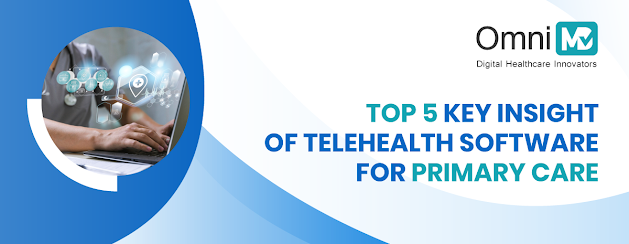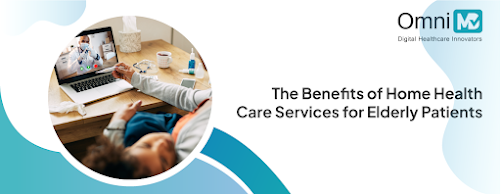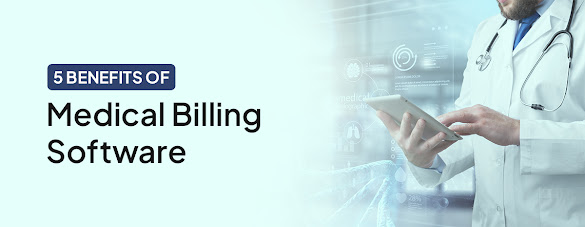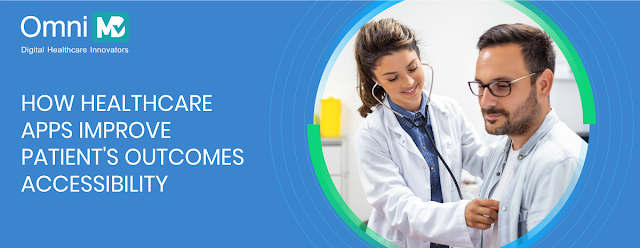Top 5 Key Insight of Telehealth Software for Primary Care
Today, consumers increasingly seek telehealth and virtual care to meet their needs and achieve their preferences for the standard of care they expect. So, in the post-pandemic scenario, telehealth software is here to stay. However, the current market is becoming increasingly crowded. It has become highly essential for healthcare developers to understand the mindsets of their users. This can help them drive their product strategies forward.
With such software, patients accessing primary care expect the same personalized experience as they expect with most other services they consume. This means patients are driving a paradigm shift as they are much better-informed customers of healthcare services. They are bringing increasingly higher expectations. These expectations can progressively make or break today's custom telehealth businesses and telemedicine software providers. Here are some essential features of this kind of software for primary care that will fulfill much of the needs of today's healthcare space and modern-day consumers.
Five essential features of telehealth platforms for primary care:
Convenience: The ability of telehealth software to deliver convenience and quality is a true determiner. A recent survey conducted by Wolters Kluwer noted that consumers, notably the younger generations, prioritize convenience over everything else. By a 'truly convenient' experience, it means that a provider understands what a patient wants. At the same time, a 2021 Forbes article highlights how younger patients have a lower tolerance for bad technology experiences. So, for many providers, telehealth may seem to be the right option to deliver convenience, but developers need to ensure the experience is seamless and easy.
Security: Yet another aspect of such software is security. This type of software must follow security legislation such as HIPAA, and other security measures must be implemented stringently. There have been several instances of data leakages, breaches, and even ransomware installation. This is because health information is among the most sensitive categories of information a healthcare consumer provides. This is one crucial factor that developers must be aware of. They must put in all efforts to secure a patient's information and go a long way in building a secure and safe solution.
Quality of Care: Although convenience is paramount, delivering quality care is still critical. The overall outcome of virtual care solutions is still being researched. Nevertheless, the power of telehealth software has been proven in areas such as mental health and addiction management.
Quality of Resources: More and more consumers increasingly demand added information and control over their care. They also want to understand the care that is being offered to them. Today, more than 80% of patients have questions regarding their care following a healthcare interaction. This is according to Wolter's Kluwer research on patient expectations. Also, physician burnout is now at the top of the mind for much of the healthcare industry. Therefore, the trend is to include and embed quality content and self-service resources to allow patients the understanding they need. This must be done without contributing more workload and questions that could overload providers. The Wolters Kluver study indicated that over 75% of patients mentioned that receiving patient care would help them remain more satisfied with their care. A significant percentage also said this would make them more likely to return to a provider.
Personalization: Today, more and more patients desire personalized care. Aspects like convenience, quality, and resources support personalized care. Patients today are on the lookout for the care at the time that works for them. They also want to choose the modality and the option of self-serving education. Besides, they require follow-up information to enact their care plan. Patients expect modern technology like telehealth software to improve scheduling, communication, and education tasks. When telemedicine software companies and developers incorporate consumer health education content that allows for personalization, it helps consumers access information when and how they want it.
Conclusion
According to the American Telehealth Association, telehealth remains a lifeline for diverse patients and providers. This statement aligns with the more significant trends witnessed in the healthcare industry. Therefore, while there isn't a 'one-size-fits-all' solution, telehealth solutions must keep incorporating and reflecting on what is more critical for today's patients, payers, and providers to remain relevant in the primary care market. The OmniMD TeleMD is a secure and user-friendly telehealth software solution seamlessly integrated with specialty-specific EHR systems for healthcare providers. Its straightforward design simplifies virtual care for patients, ensuring ease of use. This HIPAA-compliant platform operates on modern browsers without any necessary downloads, streamlining accessibility. Contact us to know more!




Comments
Post a Comment